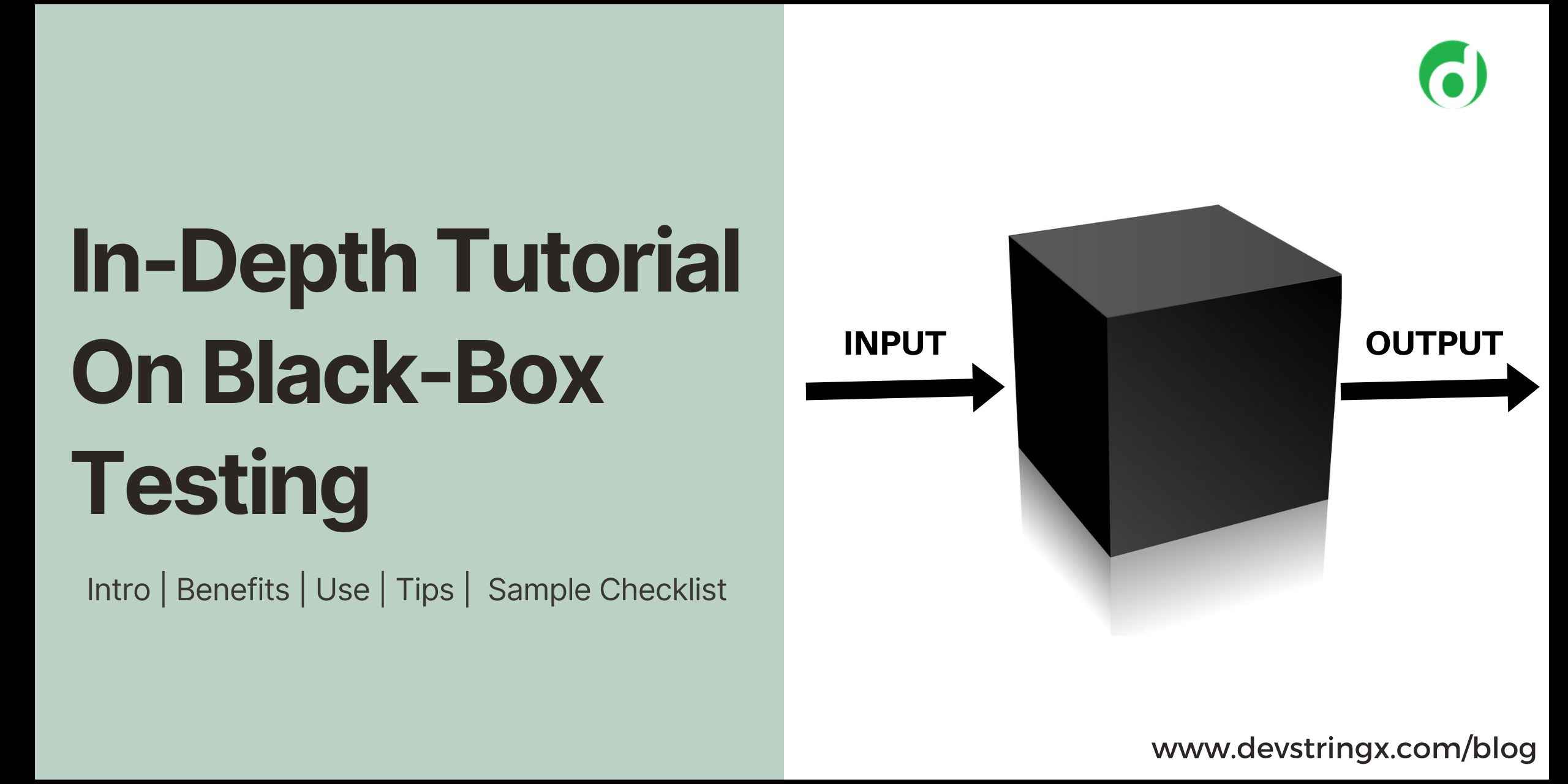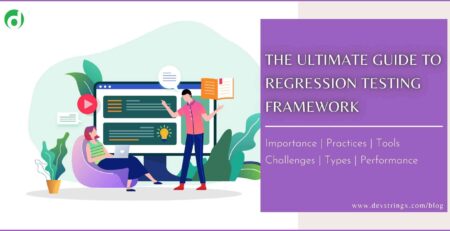What is Black Box Testing? Everything You Need to Know – Devstringx
Black box testing (or functional testing) is one of the two major types of software testing (the other being white box testing). It’s also known as functional or acceptance testing, and it works by checking the functionality of your application without needing to know the technical details about how it works under the hood. In this way, black box testing simulates actual user interaction with your application and checks that it behaves correctly in all situations.
What Is Black Box Testing?
Black box testing is a method of software validation that tests the functionality of an application without any knowledge of its internal workings. It can be used in conjunction with white box testing, but it can also be used on its own. The name ‘black box’ comes from the idea that you have no idea what’s inside the black box and are only testing what goes in and out. With this approach, testers do not need access to the source code and therefore it is usually done by non-technical personnel. In some cases, black box testing might use sample input data or real data (albeit altered), although this would probably only be done in order to confirm suspicions about specific bugs.
The Benefits of Using Black Box Testing
Black box testing is a type of software testing where the internal logic of the program under test is not known to the tester. This means that the tester doesn’t need to be an expert in computer programming or software development, and it’s possible for them to manually explore a program’s features without needing any prior knowledge about how the program operates.
The main benefit of using it is that it makes it possible for testers to explore a program’s features and use cases without needing to know how they work. The tester does not need any prior knowledge about how a program works, which makes it possible for people with a variety of backgrounds (even those without computer programming experience) to perform testing activities.
As opposed to white box testing, there are no assumptions made about the functionality or design before starting a black box test. And while this may sound like a drawback, it actually opens up more possibilities because black-box tests can also be used on programs that have never been seen before by anyone on the team.
Another important advantage of using black-box testing is that it allows developers to identify defects earlier in the production cycle. If someone who knows a lot about the inner workings of your program discovers a bug during their debugging phase, you’ll only find out about it when you try to release your app, at which point it will be too late. Testers can identify these bugs much earlier on in production and report them as soon as they’re found so developers can fix them sooner.
Recommended to Read – Ultimate Guide On White Box Testing
How to use it effectively?
Black box testing can be used as a way to test the customer’s experience and their reaction to your product. It allows you to create a task for your customers without them knowing what it is beforehand. This type of testing gives valuable insight into how your customers will react when they’re not aware of what they are doing or how they are being tested. The best way to get accurate data with black box testing is by performing A/B testing with two different versions of the same thing.
For example, if you were working on an e-commerce site, send out two different versions of a single landing page that has been optimized for conversions. One version would have a text about free shipping and one would not mention anything about free shipping. If more people click the button to buy on the page with the free shipping text, then this tells you that potential customers want to know there is no cost added on top of their purchase.
Tip When Using Black Box Testing
The common mistakes are not understanding the scope of the software, misinterpreting input, and missing key scenarios. One important tip for the tester is to ask questions about the system design. For example, if a function has an error in it but another function calls that function, what will happen when you execute this function? If this function has an error as well, it may be worth creating a test case for that scenario. If there’s no error, then there’s no need to create a test case. When dealing with unknown errors or errors that have been corrected, testers can use black box testing to try different inputs until they find one that produces the same error.
Sample checklist
- What are the variables that you want to manipulate?
- What are the variables that you want to measure as a result of your manipulation?
- Which variable, if changed, would produce the most dramatic change in the output variable (dependent variable)?
- How can you create a meaningful test when manipulating this one variable?
- If you could only measure two or three things, what would they be and why?
If you are interested in even more software testing-related articles and information from us here at Devstringx, then we have a lot to choose from you.














